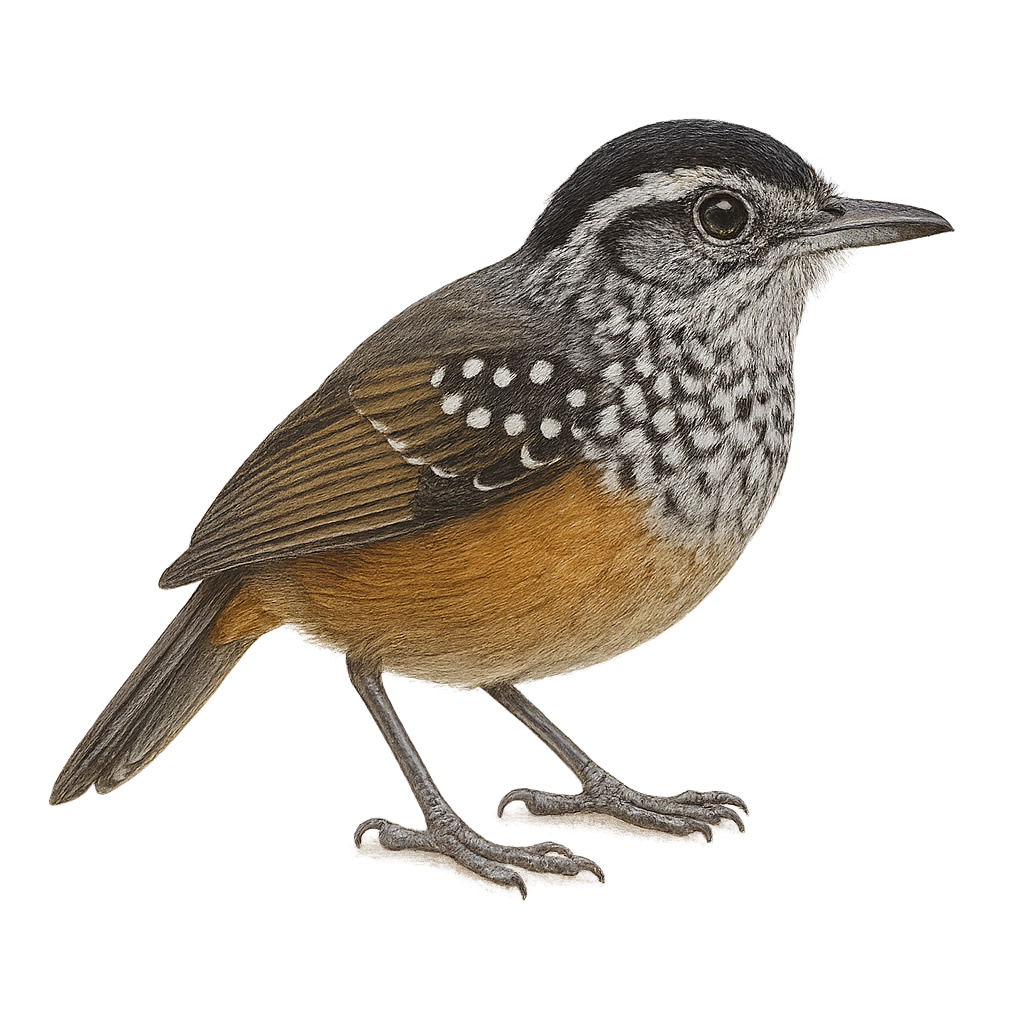Your wildlife photography guide.
Explore the warbling antbird in detail, study its behavior, prepare your shots.
Where to observe and photograph the warbling antbird in the wild
Learn where and when to spot the warbling antbird in the wild, how to identify the species based on distinctive features, and what natural environments it inhabits. The WildlifePhotographer app offers tailored photography tips that reflect the warbling antbird’s behavior, helping you capture better wildlife images. Explore the full species profile for key information including description, habitat, active periods, and approach techniques.
Warbling Antbird
Scientific name: Hypocnemis cantator

IUCN Status: Least Concern
Family: THAMNOPHILIDAE
Group: Birds
Sensitivity to human approach: Suspicious
Minimum approach distance: 5 m
Courtship display: March to June
Incubation: 14-16 jours
Hatchings: March to July
Habitat:
Humid tropical forests, dense undergrowth, forest edges
Activity period :
Primarily active during the day, with peak activity in the morning and late afternoon.
Identification and description:
The Warbling Antbird, Hypocnemis cantator, is a small bird from the Thamnophilidae family, primarily found in the humid tropical forests of South America. It is recognizable by its brown and white plumage, with distinctive patterns on its head and back. This bird is often heard before it is seen, thanks to its melodious and repetitive song. It primarily feeds on insects and other small invertebrates found in the forest litter. The Warbling Antbird is a territorial bird, usually living in pairs or small family groups. It is known for its discretion and ability to blend into its dense, leafy environment.
Recommended lens:
400 mm – adjust based on distance, desired framing (portrait or habitat), and approach conditions.
Photography tips:
To photograph the Warbling Antbird, it is advisable to use a telephoto lens of at least 400mm to capture detailed images without disturbing the bird. Look for it in the dense undergrowth of humid tropical forests, where it often moves in the shadows. Be patient and attentive to its distinctive song to locate it. Use a tripod to stabilize your camera in the low-light conditions of the forest. Prefer early morning hours for better light and increased bird activity.
The WildlifePhotographer App is coming soon!
Be the first to explore the best nature spots, track rutting seasons, log your observations, and observe more wildlife.
Already 1 431 wildlife lovers subscribed worldwide

